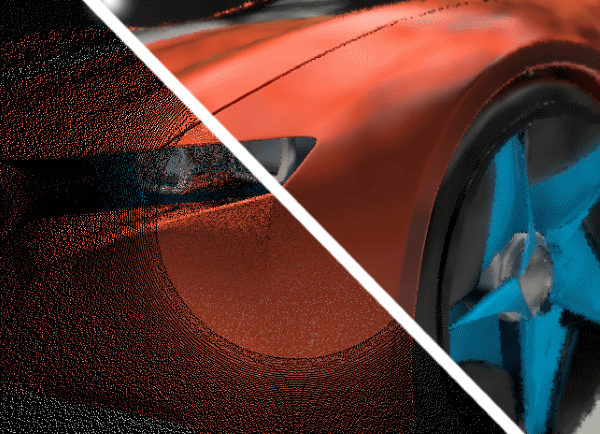Real-Time Noise Removal in Foveated Path Tracing
2017, Immonen, K., Master of Science thesis, Tampere University of Technology.

Abstract: Path tracing is a method for rendering photorealistic two-dimensional images of three-dimensional scenes based on computing intersection between the scene geometry and light rays traveling through the scene. The rise in parallel computation resources in devices such as graphics processing units (GPUs) have made it more and more viable to do path tracing in real time. To achieve real-time performance, path tracing can be further optimized by using foveated rendering, where the properties of the human visual system are exploited to reduce the number of rays outside the central point of vision (fovea), where the human eye cannot discern fine detail.
The reduction in the number of rays can, however, lead to several issues. Noise appears in the image as a result of an inadequate number of path tracing samples allocated to each pixel. Furthermore, the variation in the noise from one animation frame to the next appears as flicker. Finally, artifacts can appear when the spatially subsampled image is upsampled to a uniform resolution for display.
In this thesis, solutions to the aforementioned issues are explored by implementing three noise removal methods into a foveated path tracing rendering system. The computational performance and the visual quality of the implemented methods is evaluated. Of the implemented methods, cross-bilateral filter provides the best quality, but its runtime doesn't scale well to large filter sizes. Large filter sizes are enabled by the À-Trous approximation of the cross-bilateral filter, at the cost of generating more artifacts in the result. Overall, while the implemented methods are able to provide visually pleasing results in some scenarios, improvements in the algorithms (e.g., local filter parameter selection) are needed to reach the quality seen in offline methods.